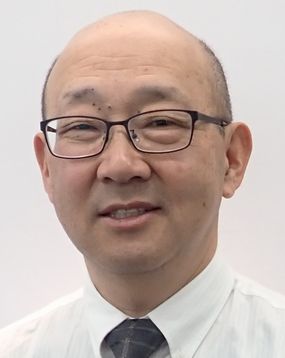IAC News
IAC News No.79, May 2019
Japan Society of Civil Engineers International Activities Center May 8 2019 IAC News No.79
JSCE-PII Joint Seminar-Research, Specifications and Applications of Blast Furnace Slag and Fly Ash Blended Cement Concrete
The Joint Seminar between JSCE and PII (the Institution of Engineers Indonesia – PERSATUAN INSINYUR INDONESIA) was held at Sepuluh Nopember Institute of Technology (ITS), Surabaya, Indonesia on February 25, 2019. This was another joint seminar with the engineers and researchers from Indonesian side, just two years after the last one that was held at Hasanuddin University, Makassar, Indonesia in 2017. The presenters and their presentation titles of this seminar are shown at Table 1.
| Presentation | Speaker |
| Multi-chemo-physical approach to performance assessment of structural concrete with SCMs |
Prof. Tetsuya Ishida |
| Indonesian FLY ASH and GGBFS: the regulation and application |
Dr. Januarti Jaya Ekaputri |
| Application of concrete containing high-volume mineral admixtures in Japan |
Dr. Eiji Owaki |
| Durability of road bridges and quality control | Dr. Yoshinobu Oshima (Public Works Research Institute) |
| Introduction of JSCE specifications and technical recommendations for blast furnace slag and fly ash blended concrete |
Dr. Yao Luan |
Table 1 Speakers and Their Presentation Titles
The title of the joint seminar is Research, Specifications and Applications of Blast Furnace Slag and Fly Ash Blended Cement Concrete. It was decided according to the current conditions and demands of the industries in the field of cement, concrete, and constructions, after discussing with researchers and engineers from Indonesia. At present, the application of supplementary cementing materials (SCM) in cement and concrete, for example, blast furnace slag (BFS) and fly ash (FA), is still very limited in Indonesia. FA has been regarded as a toxic materials and its utilization in any construction needs strict review and special approval from the government. For BFS, despite the fact that civil engineers have started to use it in concrete in recent years, the lack of technical specifications and practical experience impacts the quality of construction as well as the following management and maintenance, having become a critical obstacle against a wider application. In addition, with a fast economic growth, the discharge amounts of FA and BFS in Indonesia are increasing by years, resulting in a big burden for economy and severe environment pollution. Facing to the aforesaid problems and challenges, it was decided to introduce the recent conditions of research, specification, and applications of BFS and FA in Japan. We hope that, through this joint seminar, Indonesian researchers and engineers start to pay attentions to Japanese technologies and specifications in the utilization of BFS and FA. In the future, the utilization in Indonesia will be strengthened and improved.
In the seminar, four speakers from Japan made the presentations. Prof. Ishida, The University of Tokyo, introduced the recent research advance of SCMs blended concrete from various aspects, for example, their chemical composition, shrinkage and cracking of concrete at early age, long time durability, and performance assessment using numerical simulation. Dr. Owaki, Taisei Corporation, introduced the recent development and application of concrete containing high-volume mineral admixture, in which the total replacement ratio of SCMs in cement was higher than 70%. Dr. Oshima, Public Works Research Institute, introduced the properties of concrete structures from the viewpoint of durability and maintenance, such as quality control and durability of road bridges. Dr. Luan, Saitama University, introduced the JSCE Standard Specifications for Concrete Structures, and some technical recommendations for FA and BFS that were published in Concrete Library of JSCE, for example, the categories of FA and BFS in JIS, their utilization in massive concrete for thermal crack control, and durability design for chloride attack and carbonation. In addition to the presentations made by the Japan side, Dr. Ekaputri from ITS introduced the regulation and application of FA and BFS in Indonesia, for example, FA characterization, development of geopolymers, self-healing concrete using FA and BFS, and so on.
The joint seminar received a lot of attentions from the Indonesia side. More than 100 people from universities, institutes, and construction companies in Surabaya attended the seminar. They expressed their interest in the research and application advance of FA and BFS in Japan. In the Q&A session, they asked a lot of questions ranging from material compositions, practical construction work, quality control, and durability. The speakers had a warm discussion with the audience. It can be said that the joint seminar is successful. More and deeper technical communications are expected to be built between JSCE and PII in the future.
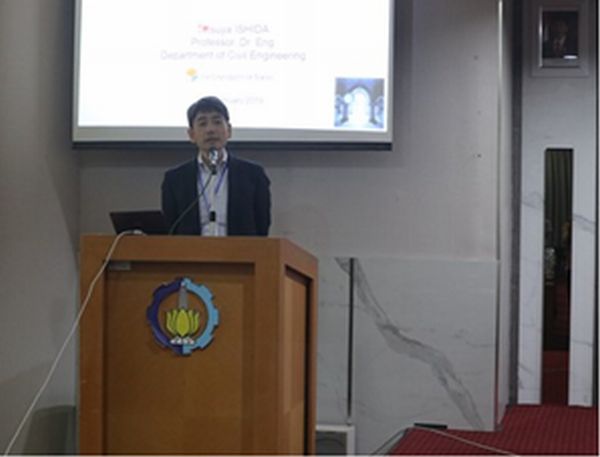
Prof. Ishida delivers a presentation
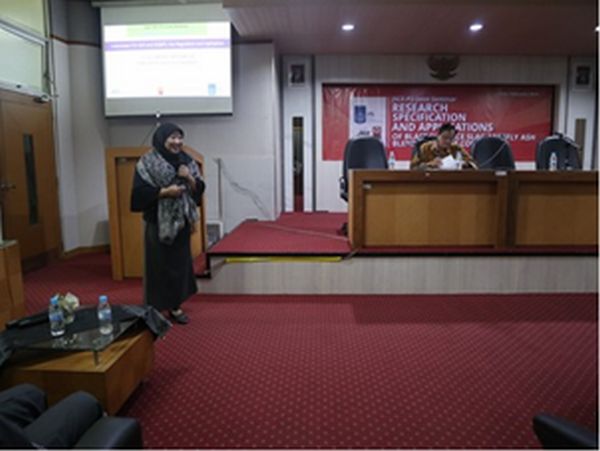
Dr. Ekaputri delivers a presentation
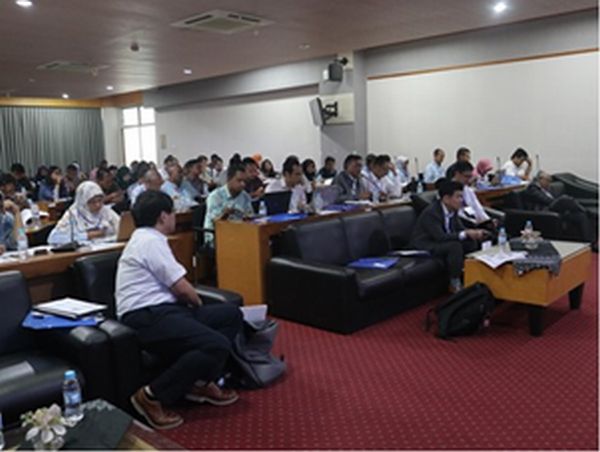
The Audience at the Seminar
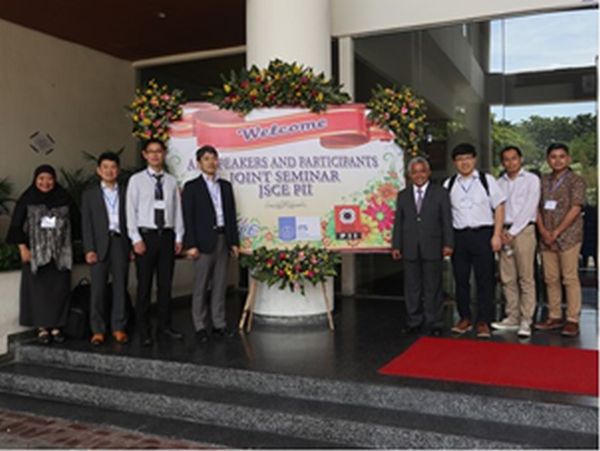
Speakers and ITS Organizer
【Reported by Concrete Committee, JSCE】
Construction Site Tour for International Students
International Student Network Group held a construction site tour to JR Shibuya Station for international students on February 25th 2019. In cooperation with East Japan Railway Company, an introduction on Improvement Construction Work at Shibuya Station and the construction site tour were conducted successfully. Total 21 international students of 6 universities, coming from 13 countries, joined the tour.
The tour started from 14:00 pm in the Shibuya Project Center nears to the Station. Mr. Nizeki, the director of the center, introduced the background and special features about this project (Photo 1).
As one of the busiest stations, JR Saikyo Line platform with JR Yamanote Line platform were very far and inconvenient for passengers. Passengers needed to go through a long passageway (bridge). So that, it is needed to move the old Saikyo Line platform to a new location beside that of Yamanote Line, while it is needed to remove the old connection bridge.
One of the most difficult parts of the project is to elevate the railway about 1 meter higher in order to fit with the new platform. That needs to be conducted without suspending the service of the busy station. The redevelopment of Shibuya Station including construction of some new station buildings will be completed by 2027.
Before going into the station, Mr. Oogawa kindly explained the basic rules such as giving ways to passengers and moving fast on the platforms for the tour group, who were wearing the JR company’s helmets (Photo 2).
The group of about 30 members in line approached to the construction site on the platform. A lot of interesting technics such as how to remove the bridge structural member by member during the functioning of the station, elevating the railway, foundation construction without using heavy machine, transporting of materials, and monitoring the old structures during constructing new foundations. The international students showed great interests in those technics used in the auctual construction site and asked a lot of questions (Photo 3).
After the site tour, the group went back to the project center and had the discussion. They made many questions who didn’t have chance to ask at the site. After finished the tour, some students said “I was impressed that even a such important project was planned in detailed” and “It was very difficult for me to see that the construction was conducted in the very busy station during daytime.”
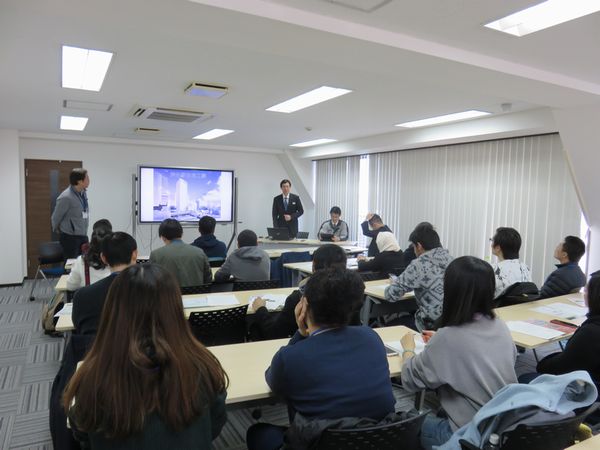
Photo 1 Mr. Nizeki introduces the project
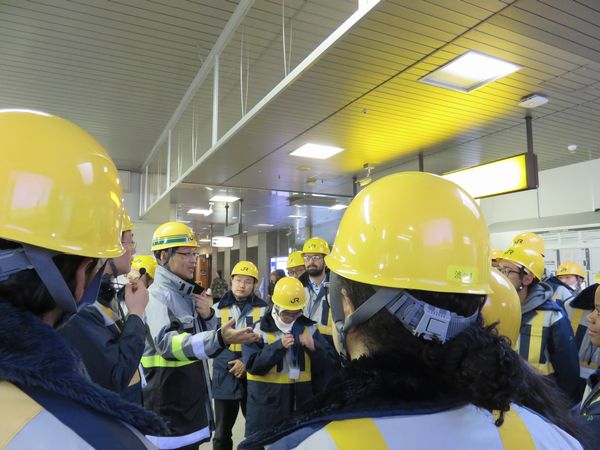
Photo 2 Mr. Oogawa Explains important rules before going into the station
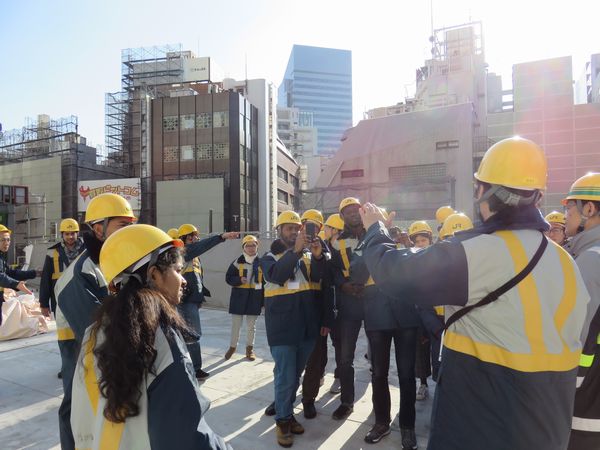
Photo 3 Participants listen to the explanation of how to move all materials
into the site
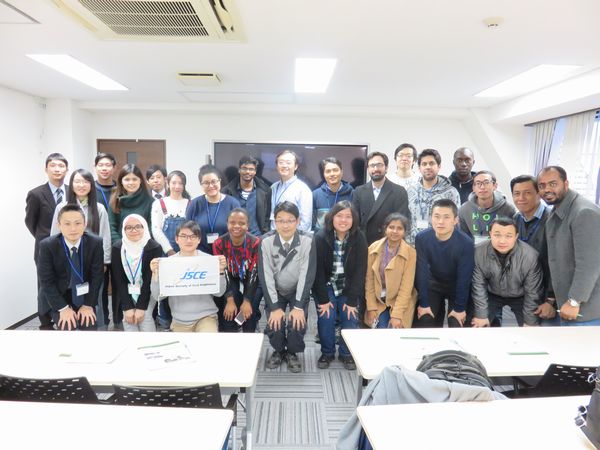
Photo 4 Participants with Mr. Oogawa (Center)
【Reported by Ji Dang (Saitama University), International Student Network Group, IAC】
Introduction to Committee on Safety Problems
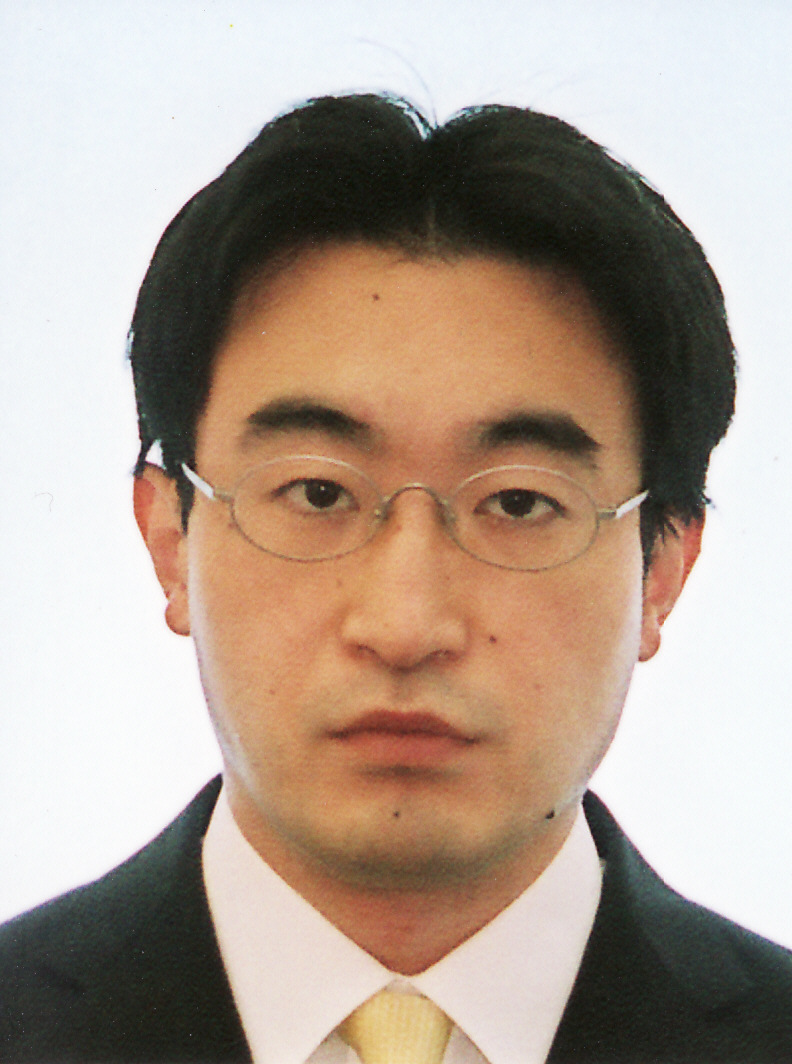
Hiroki Takahashi
(Secretary-General, Committee on Safety Problems)
1. Overview of the Committee
The Committee on Safety Problems was organized under the current structure when the new committee was established in September 1990. The chairman at that time was Mr. Yoshiji Matsumoto (then professor at Tokyo University of Science), and the secretary-general was Mr. Takashi Chou (then professor at Shinshu University).
The purpose of the Committee is to examine and research problems related to civil engineering, such as accidents and disasters, so as to contribute widely to the society. The Committee is composed of members from industry, government, and academia to cope with a wide variety of safety problems. The members examine and conduct research on the basic properties of accidents and disasters and their countermeasures. The results are presented through a research debate session at the JSCE Annual Meeting.
2. Safety Problem Debate Session and Safety Engineering Symposium
The Committee regularly holds a Safety Problem Debate Session, and invites participants from inside and outside academia to provide an opportunity to actively exchange opinions on safety problems. The debate session deals with various themes, including construction safety, labor safety, informatization construction, disaster-prevention education, community disaster prevention, risk management, business continuity planning, evacuation planning, resilience, and earthquake disaster information.
In addition, the session deals with safety problems through exchanges with a wide variety of experts besides civil engineers. Specific activities include dispatching executive committee members to the annual Safety Engineering Symposium held by the Science Council of Japan. In 2015, as the academic society in charge, we mainly hosted and operated the symposium.
3. Activities related to workshop for citizens and community disaster prevention
In recent years, we have been holding workshops targeting citizens using disaster-prevention leaflets prepared by the Committee. Numerous topics, such as first aid and making paper tableware using household items, and methods of safety confirmation at the time of disaster, are summarized in this useful leaflet for citizens. Held in Takatsuki City, Osaka, the workshop invites participants as well as lecturers to practice what was discussed.
The Committee also carries out studies on the way community disaster prevention should be realized through the Council of the Kagawa District Continuity Plan. In 2017, in cooperation with Kagawa Prefecture and Kagawa University, we prepared the Kagawa Version of the Guidelines for BCP Preparation (Ver. 2). Based on the guidelines, we support the BCP preparation method, etc. in which the District Continuity Plan is placed as the upper-level concept.
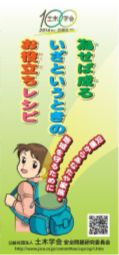
Disaster-prevention Leaflet (Japanese version)
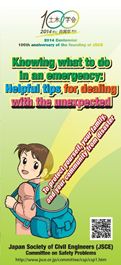
Disaster-prevention Leaflet (English version)
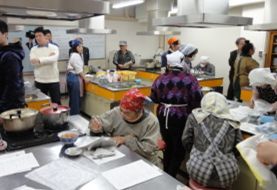
Workshop for Citizens
【Reported by Hiroki Takahashi, Committee on Safety Problems 】
Introduction to Committee on Underground Space (Part 1)
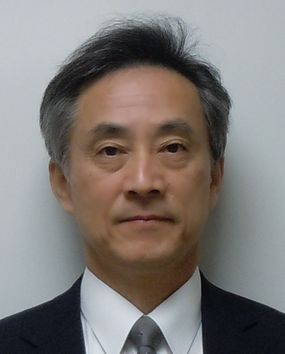
Kiichiro Sakai
(Secretary-General, Committee on Underground Space)
1. Overview of the Committee
Established by the Japan Society of Engineers in FY1994, the Committee on Underground Space carries out analysis and research activities aimed at the efficient use and enhanced convenience of underground space for public use. The areas of activity, as shown in Figure 1, range from civil engineering to city planning, architecture, law, medicine, psychology, welfare, and art. Accordingly, the Committee members include civil engineers as well as experts in other fields.
Diverse research themes, which include topics besides civil engineering, shape the unique character of the Committee.
The Committee’s activities cover a wide range of priorities. The details are introduced in this two-part report.
2. Activity Details
The Committee has four subcommittees: Planning of Underground Space; Disaster Prevention of Underground Space; Environmental Psychology in Underground Space; and Maintenance of Underground Space . Each subcommittee formulates its own activity plan based on a common theme that is decided by the Committee. The four subcommittees actively carry out analysis and research activities according to the plan, with their ultimate goal being to study underground space focusing on human-centered use.
In January every year, we hold the Symposium on Underground Space, which is a biggest opportunity to announce the results of activities and to exchange information. This year marked the 24th symposium. The theme for each year is based on the latest topics on underground space, and people from various fields give talks and present papers and display panels. At the 24th Symposium on Underground Space held on January 25 this year, the participants discussed their vision of underground space under the theme of To Establish a Safe and Secure Society: Friendly Underground Space Dealing with Diversity and Increase of Users.
As another important part of the Committee’s activities, we strive to publicize widely the achievements, knowledge, challenges, policies, and opinions gained through analysis and research activities, and to utilize them efficiently.
The main activities in this area include organizing visits to various underground facilities, holding seminars around the country, and promoting the concept of underground space through the mass media. Details about the site visits are given in the following chapter, and the seminars and promotional activities are described in the second part of this report.
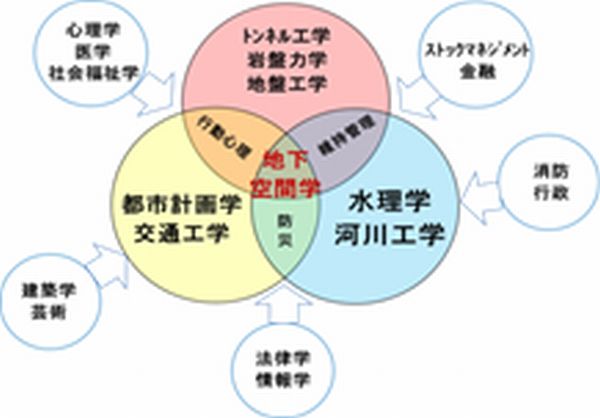
Fig.1 Illustration of the Committee’s areas of activity
3. Implementation of Parent-Child Site Visits for Elementary School Students.
Since FY2007, we have carried out “Site Visits for Children and Their Parents on Summer Vacation” for elementary school children, who will forge the future. The concept of these site visits is slightly different from ordinary site visits. Here, the participants experience actual underground space and then take a quiz, identifying both the conveniences and problems of underground space and considering desirable features for future underground space. In principle, the site visits are held simultaneously in Kansai and Kanto. However, depending on the progress of the project, the visits are sometimes held only in Kanto. A record of the site visits so far is shown in Table-1.
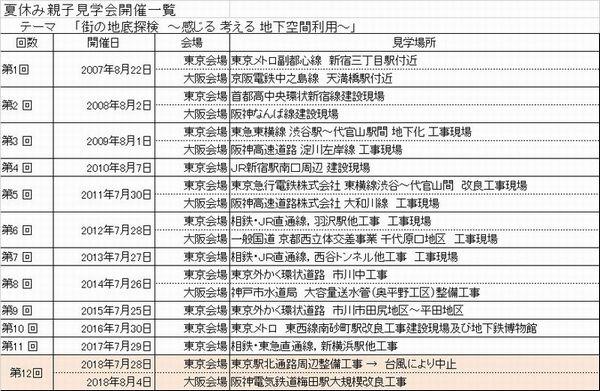
Table1 List of Parent-Child Site Visits
We also award a “Kid Expert on Undergrou nd Space” certificate to elementary school students who participate in the site visit to encourage their interest in various issues of underground space over the long term. The maintenance work site visit to the surrounding area of the Tokyo Station North Passage, which was to be held on Saturday, July 28, 2018, was canceled at the last minute due to a typhoon. However, the improvement work site visit to the Hanshin Electric Railway Umeda Station in Osaka was held the following week, on Saturday, August 4, and was a highly successful parent-child site visit with many participants. This activity is evaluated and selected as meeting the definition of “Development and Utilization of Next-Generation Engineers” (promotion to realize education that gives the younger generation hope) in the activity plan and subsidy based on FY2018 JSCE2015.
4. Activity Report (Part 2)
It is often said that civil engineers are not good at communicating the significance of their activities to society. As a result, it is hard to know if society recognizes the significance of building social capital such as infrastructure improvement. To improve this situation, we concentrate on activities that will raise people’s awareness, such as the Site Visits for Children and Their Parents on Summer Vacation.
The second part of our report describes in detail the promotional activities utilizing the mass media, which is another method. Please don’t miss it!
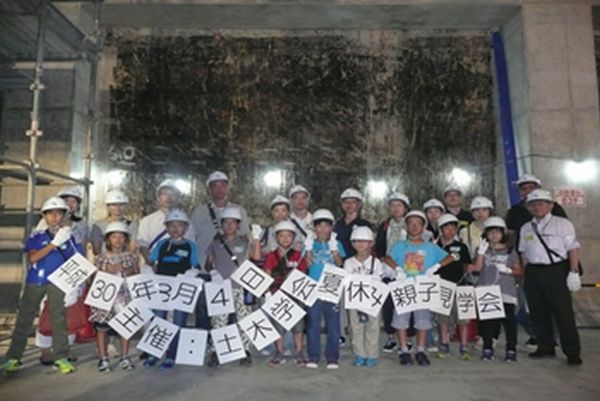
Photo 1 The 12th Parent-Child Site Visit (Osaka Venue: Improvement Work of Hanshin Electric Railway Umeda Station)
【Reported by Kiichiro Sakai (Tekken Corporation), Secretary-General, Committee on Underground Space】
【Alumni of DOBOKU Series】
Rapid Globalization of Engineering in Infrastructure – based on experience in Australia
Dr. Jay Lee, PE, FIEAust, CPEng, AECOM Associate Director
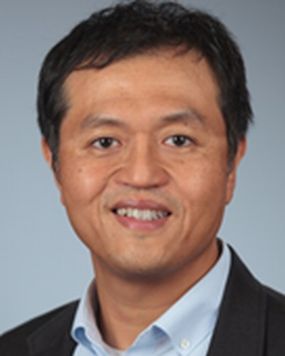
Jay Lee
(AECOM Associate Director)
Since the completion of my undergraduate study, I have worked as a geotechnical e ngineer for more than 27 years experiencing the design and construction of numerous infrastructures in Seoul, Tokyo, and Melbourne. The collaboration with Japanese engineers for tunnelling projects in South Korea made me inspired to move to Japan for expanding my horizons and start studying further about earthquake geotechnical engineering at Hamada Laboratory in Waseda University. Following on from my study and professional service in Japan for ten years, I have worked as a geotechnical consulting engineer in Australia for another past eight years. Recent strong demands for infrastructures in Australia have attracted great attention to both local and international engineering firms, which have expedited the globalization of engineering. This article introduces the growth of engineering demands in Australia and the rapid globalization of engineering in infrastructure.
Boom for Infrastructure in Australia
The remarkable growth of the world economy in the 2000s led to an unprecedented resources boom in Australia that brought about a significant increase in demands for industrial infrastructures. Newly industrializing countries such as Chinese and India have aggressively taken a positive stance toward investment on development of oil and gas fields as well as iron ore and coal mines in Australia to secure the stable supply of commodities, which have enabled the launch of billion-dollar infrastructure projects in both onshore and offshore environments. This resources boom has wound down for the past three years as the growth of the world economy was slowing down. Nevertheless, there has been another surge of large scale projects for transportation infrastructure in Australian major cities with the steadily growing population, which is called “infrastructure boom” following “resources boom”. As displayed in Figure 1, this surge in infrastructure will rise to the peak in between 2019 and 2023, afterward remaining high for the time being.
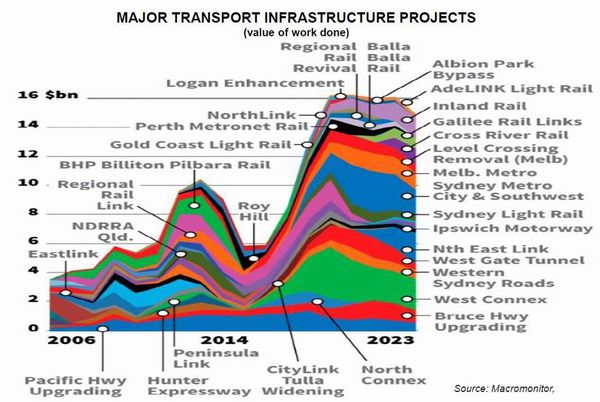
Fig.1 Forecase for Infrastructure Projects in Australia (from AGE, 2018)
Unlikely in the resources boom, these transportation infrastructure projects take place in urban areas where there are a number of existing structures, for which the impact of construction should be carefully taken into consideration. Moreover, the strong demands for new commercial and residential buildings have kept the urban areas more congested than ever before.
Construction in this environment necessitates highly skilled techniques and extensive experiences to deal with problems in a congested area which are familiar to Japanese engineers who are used to working in busy urban areas like the Tokyo metropolitan area registering an enormous population. For instance, the new Melbourne metro line attracts exceptional attention because it passes through the forest of historical buildings in the middle of the city as shown in Figure 2. The new Melbourne metro line also runs under the Yarra River, which highlights the employment of advanced construction techniques to manage the impact of tunnelling on the environments as little as possible.
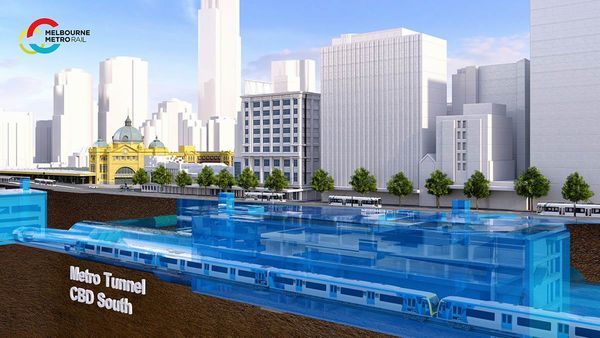
Fig.2 Melbourne Metro Project (from Herald Sun, 2018)
Rapid Globalization of Engineering
When starting to work in a global engineering company, WorleyParsons based in Australia, eight years ago, I found the systematic business network and workshare system over more than 50 countries greatly impressive. Utilizing the work share system for infrastructure engineers only based in a few key locations such as Melbourne, Singapore, Perth, and Huston, the company maximized its technical offerings for infrastructure projects in various resources fields which would arise all over the world. I recall being extensively involved in projects in Middle East, Africa, and America regions while sitting in Melbourne office. Now even working for another engineering company, AECOM, that primarily focuses on transportation infrastructures in a specific business as usual region, I can also notice a similar workshare system and network of experts build up across different geographical regions to utilize all available technical expertise in a more efficient way. In other words, global engineering companies have risen to challenges to maximize their capabilities by globalizing the technical strength in scattered key locations. Besides, large scale infrastructure projects in Australia are delivered with various contractual vehicles including Public Private Partnership, calling up international as well as local participants, which increases the participation of engineering companies from other Asian regions such as South Korea and Singapore. These international participants are expected to not only bring in their technical experiences but also diversify the culture of the construction industry.
Expectation for Japanese Engineers Contribution
I believe my knowledge and experience gained in Japan have enabled me to work as a geotechnical expert here in Australia. I take this opportunity to acknowledge all the support provided for my work and life in Japan. Japanese extensive experiences and advanced technical strength of civil engineering grown in severe environments where there are recurrent attacks of catastrophic natural hazards as well as restricted working spaces in busy urban areas will be expected to make a great contribution to the expansion of infrastructure over the world. To this end, more than essential are communication skills that connect with people in overseas countries and technical leadership that leads to a fair way to success in challenges in the worldwide infrastructure markets.
I look forward to seeing more opportunities to cross paths with Japanese engineers in overseas projects.
References
- The Age (2018), The infrastructure boom cometh
- The Herald Sun (2018), Blank Cheque for Metro Rail Tunnel Vision
Profile: Born in Seoul in 1969. After obtaining a Doctoral degree from Waseda University under the guidance of Professor Masanori Hamada in 2005, Dr Lee worked for Kajima Corporation, and then moved to Australia in 2011. He is currently working for AECOM as a geotechnical engineering specialist based in Melbourne, Australia.
|
《Column》 Takuji Yamamoto, KAJIMA Technical Research Institute
Dr. Lee completed his doctoral study in Waseda University after working in the design department of a Korean contractor for eight years. He had good knowledge on physical and numerical modelling as well as excellent communication skills in both Japanese and English when joining Kajima Technical Research Institute (KaTRI). He had contributed on the development of tunnelling technologies during his six year tenure at KaTRI. He also significantly assisted with organizing the Japan-Korea Symposium on Landslides, which led me to sense cultural differences from Korean contractors who have pushed forward expansion of overseas business. I look forward to seeing his further contribution to the construction industry across Japan, Korea, and Australia. |
※Alumni of DOBOKU Series is in collaboration with Editorial Committee of JSCE Magazine.
Updates
-
The first JSCE-ASCE Symposium on Infrastructure Resilience(May 22-23, 2019)
http://www.jsce-int.org/node/596 -
The second Young Civil Engineer's Salon in June
http://committees.jsce.or.jp/kokusai/ -
The 21st International Summer Symposium in 2019 (September 3-4)
http://www.jsce-int.org/node/592 -
The International Infrastructure Archives
– A Compilation of Japan’s Greatest Projects in Transfer of Civil Engineering Technology in Service –
http://www.jsce.or.jp/e/archive/ -
Asian Civil Engineering Coordinating Council (ACECC) International Newsletter
http://www.acecc-world.org/newsletter.html - IAC “News Pick Up!!” on the JSCE Japanese website
http://committees.jsce.or.jp/kokusai/node/118
- Summary of featured articles in JSCE Magazine Vol. 104, No.5 May 2019
http://www.jsce-int.org/pub/magazine
- Journal of JSCE
https://www.jstage.jst.go.jp/browse/journalofjsce
IAC News Subscription
The IAC News is one of the communication tools to share information and ideas with the members. We would like to invite you, your friends and colleagues to join the communication and to subscribe the IAC News. Please register online: (http://www.jsce-int.org/node/150). We look forward to meeting you.

